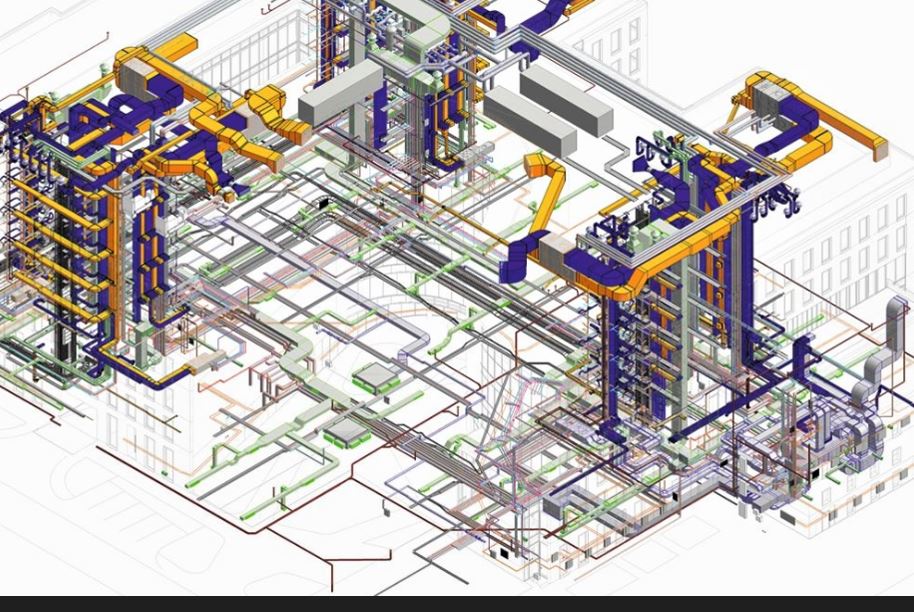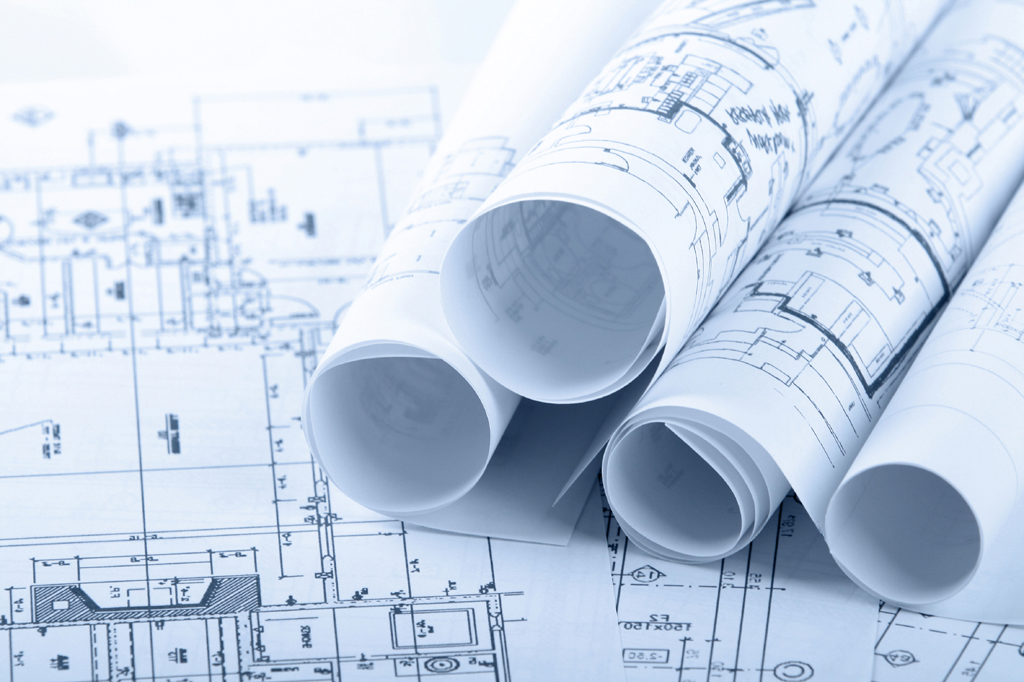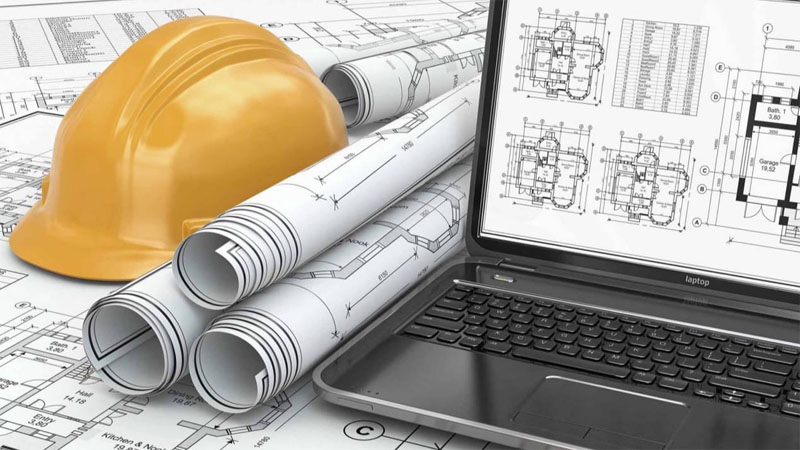MEP (Mechanical, Electrical, and Plumbing) drafting services play a crucial role in the construction and engineering industries. These services involve creating detailed drawings and documentation for the mechanical, electrical, and plumbing systems within a building. This process is essential for ensuring that these systems are designed, installed, and maintained correctly, promoting safety, efficiency, and functionality. In this comprehensive guide, we will explore the various aspects of MEP Drafting Services, their importance, the technologies involved, and the benefits they bring to the construction industry.
Page Contents
Understanding MEP Drafting Services
Definition and Scope
MEP drafting services refer to the creation of technical drawings and plans that outline the design and layout of mechanical, electrical, and plumbing systems in a building. These drawings are essential for architects, engineers, and construction professionals to visualize and implement the MEP systems effectively. The scope of MEP drafting includes:
- Mechanical Systems: HVAC (Heating, Ventilation, and Air Conditioning) systems, refrigeration, fire protection, and other mechanical installations.
- Electrical Systems: Power distribution, lighting, fire alarms, security systems, and telecommunications.
- Plumbing Systems: Water supply, drainage, gas lines, and sewage systems.
The Role of MEP Drafting in Construction
MEP drafting services play a pivotal role in the construction process by providing accurate and detailed representations of the MEP systems. These drafts are used throughout various stages of a project, from initial design and planning to construction and maintenance. The detailed documentation ensures that all systems are correctly integrated, reducing the risk of errors and costly rework.

The Components of MEP Drafting Services
Mechanical Drafting
Mechanical drafting involves creating detailed drawings for HVAC systems, which include air conditioning, heating, and ventilation systems. These drawings ensure that the mechanical components are designed to provide optimal climate control and air quality within the building. Key elements include:
- Ductwork Layouts: Diagrams showing the routes and sizes of ducts.
- Equipment Placement: Location of HVAC units, fans, and other mechanical equipment.
- Piping Systems: Detailed plans for hot and cold water systems, steam lines, and refrigerant piping.
Electrical Drafting
Electrical drafting focuses on the design and layout of electrical systems within a building. This includes power distribution, lighting, and communication systems. Electrical drafts are crucial for ensuring that the electrical components are safely and efficiently integrated into the building. Key components include:
- Power Distribution: Plans showing the distribution of electrical power from the main source to various parts of the building.
- Lighting Systems: Layouts for interior and exterior lighting, emergency lighting, and control systems.
- Wiring Diagrams: Detailed schematics of the electrical wiring, including connections and circuit details.
Plumbing Drafting
Plumbing drafting involves the creation of detailed plans for the building’s water supply, drainage, and sewage systems. These drafts ensure that the plumbing systems are designed for efficient water usage and waste disposal. Key elements include:
- Water Supply Systems: Diagrams showing the routes of pipes for hot and cold water distribution.
- Drainage Systems: Plans for wastewater and stormwater management, including pipe layouts and connections.
- Gas Lines: Layouts for the safe installation of gas piping and related components.
The Process of MEP Drafting
Initial Design and Planning
The process of MEP drafting begins with the initial design and planning phase, where architects and engineers collaborate to create the basic layout of the MEP systems. This involves:
- Site Analysis: Assessing the building site to determine the best locations for MEP components.
- Conceptual Design: Creating initial sketches and concepts for the MEP systems.
- Coordination with Other Disciplines: Ensuring that the MEP systems are integrated with the architectural and structural designs.

Detailed Drafting and Documentation
Once the initial design is approved, the detailed drafting phase begins. This involves creating precise and comprehensive drawings that include all necessary specifications and details. Key steps include:
- Creating 2D and 3D Models: Using CAD (Computer-Aided Design) software to create detailed models of the MEP systems.
- Specification of Materials and Components: Listing the materials and components required for each system.
- Compliance with Codes and Standards: Ensuring that the designs comply with relevant building codes and industry standards.
Review and Approval
After the detailed drafts are completed, they undergo a thorough review and approval process. This involves:
- Internal Reviews: Conducting reviews within the design team to ensure accuracy and completeness.
- Client Approval: Presenting the drafts to the client for feedback and approval.
- Regulatory Approval: Submitting the drafts to relevant authorities for compliance checks and permits.
Implementation and Construction
During the construction phase, the MEP drafts serve as a guide for the installation of the systems. This involves:
- On-Site Coordination: Working with construction teams to ensure that the systems are installed as per the plans.
- Adjustments and Revisions: Making any necessary adjustments based on site conditions or unforeseen issues.
- Quality Control: Ensuring that the installations meet the required standards and specifications.
Technologies in MEP Drafting
Computer-Aided Design (CAD)
CAD software is a fundamental tool in MEP drafting, allowing designers to create precise and detailed drawings. Benefits of using CAD include:
- Accuracy: High levels of precision in the design and documentation process.
- Efficiency: Streamlined workflows and reduced drafting time.
- Visualization: Enhanced ability to visualize the systems in 3D.
Building Information Modeling (BIM)
BIM is an advanced technology that has revolutionized MEP drafting by enabling the creation of detailed and integrated 3D models of the entire building. Key benefits of BIM include:
- Collaboration: Enhanced collaboration between different disciplines through a shared model.
- Clash Detection: Early identification and resolution of conflicts between different systems.
- Lifecycle Management: Improved management of the building’s lifecycle, from design to maintenance.
Simulation and Analysis Tools
Simulation and analysis tools are used to optimize the design and performance of MEP systems. These tools allow for:
- Energy Analysis: Assessing the energy efficiency of HVAC systems.
- Load Calculations: Determining the required capacity for electrical and mechanical systems.
- Flow Analysis: Analyzing the flow of fluids in plumbing systems to ensure proper design.
Benefits of MEP Drafting Services
Improved Design Accuracy
MEP drafting services enhance the accuracy of the design process, reducing the risk of errors and omissions. This leads to:
- Cost Savings: Minimizing costly rework and delays during construction.
- Efficiency: Optimizing the performance and efficiency of MEP systems.
Enhanced Collaboration and Coordination
MEP drafting services promote better collaboration and coordination between different disciplines involved in a construction project. This results in:
- Reduced Conflicts: Minimizing conflicts and clashes between different systems.
- Streamlined Workflows: Improving communication and workflows among team members.
Compliance with Standards and Regulations
MEP drafting services ensure that the designs comply with all relevant codes, standards, and regulations. This includes:
- Building Codes: Adhering to local and international building codes.
- Industry Standards: Following best practices and industry standards.
- Environmental Regulations: Ensuring that the designs meet environmental and sustainability requirements.
Improved Project Management
MEP drafting services contribute to better project management by providing clear and detailed documentation. This includes:
- Clear Documentation: Providing comprehensive and easily understandable documentation for all stakeholders.
- Efficient Scheduling: Facilitating accurate scheduling and resource allocation.
- Risk Management: Identifying and mitigating potential risks early in the project.

Challenges in MEP Drafting Services
Complexity of Systems
MEP systems are inherently complex, requiring detailed and precise documentation. This complexity can pose challenges such as:
- Detailed Coordination: Ensuring that all systems are properly coordinated and integrated.
- Technical Expertise: Requiring specialized knowledge and expertise in various disciplines.
- Time-Consuming Process: The detailed nature of MEP drafting can make the process time-consuming.
Keeping Up with Technology
The rapid advancement of technology in the construction industry requires MEP drafting services to continuously adapt and upgrade their tools and processes. Challenges include:
- Training and Development: Ensuring that team members are trained in the latest technologies and software.
- Software Upgrades: Keeping software and tools up to date.
- Integration with New Technologies: Integrating new technologies such as IoT (Internet of Things) and smart building systems into the design process.
Conclusion
MEP drafting services are a vital component of the construction and engineering industries, providing detailed and accurate documentation for mechanical, electrical, and plumbing systems. By leveraging advanced technologies such as CAD and BIM, MEP drafting services enhance collaboration, improve design accuracy, and contribute to better project management. Despite the challenges, the benefits of MEP drafting services make them indispensable in the modern construction landscape.

